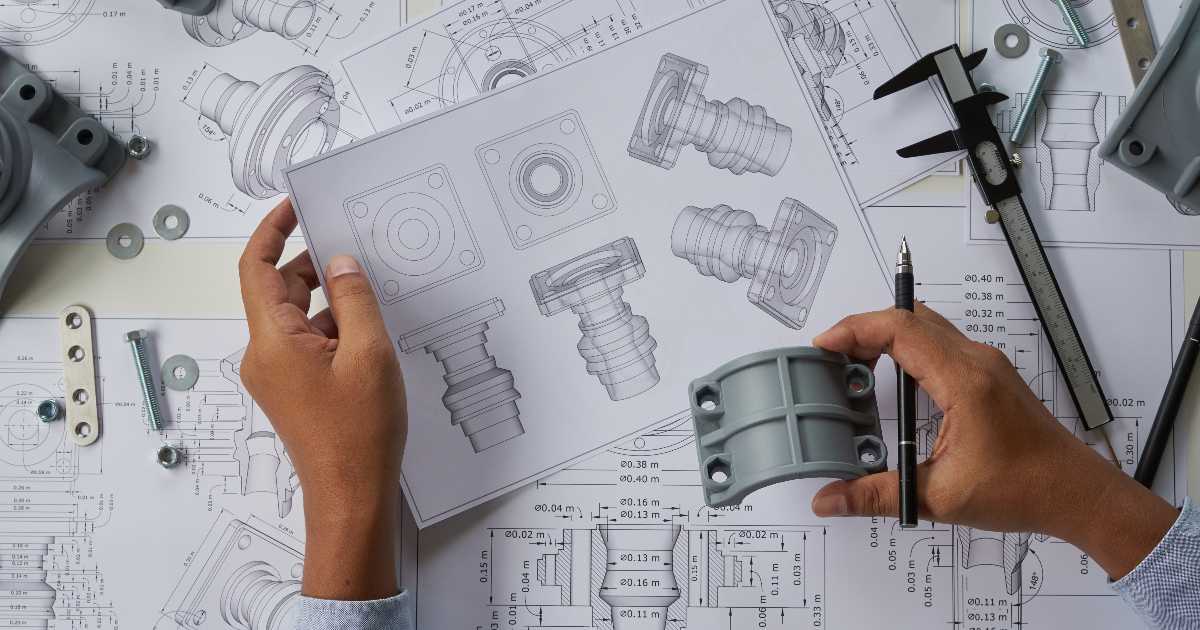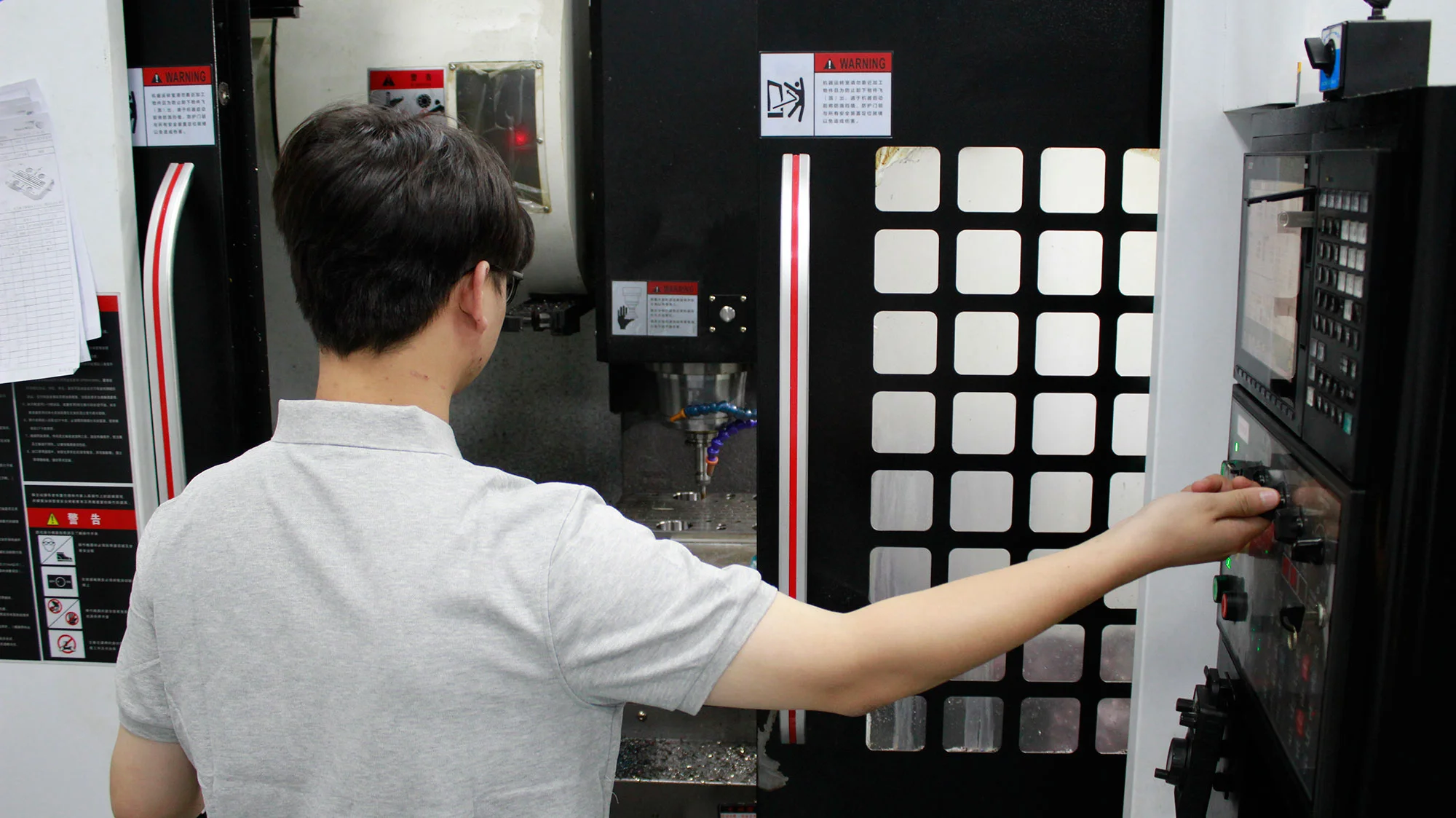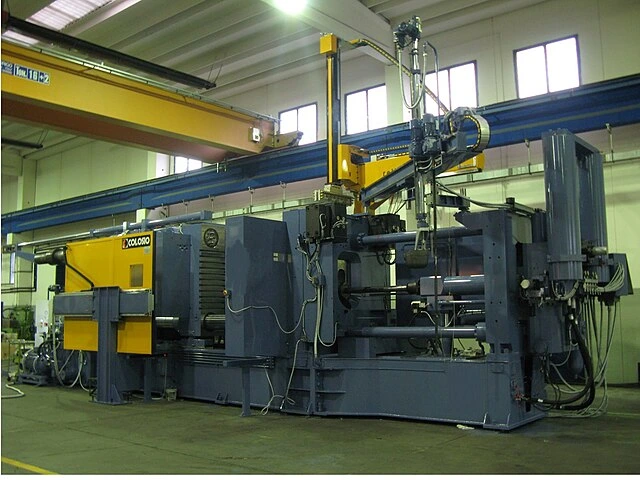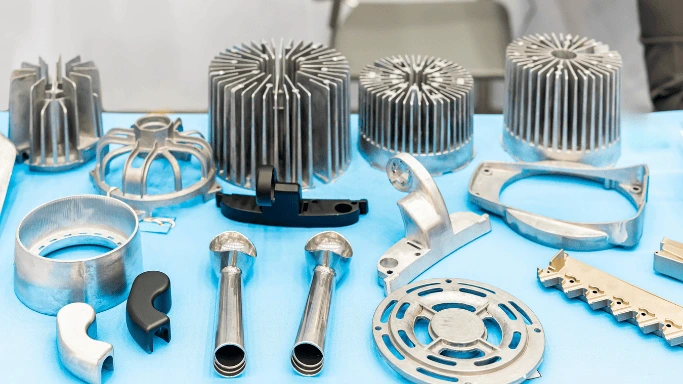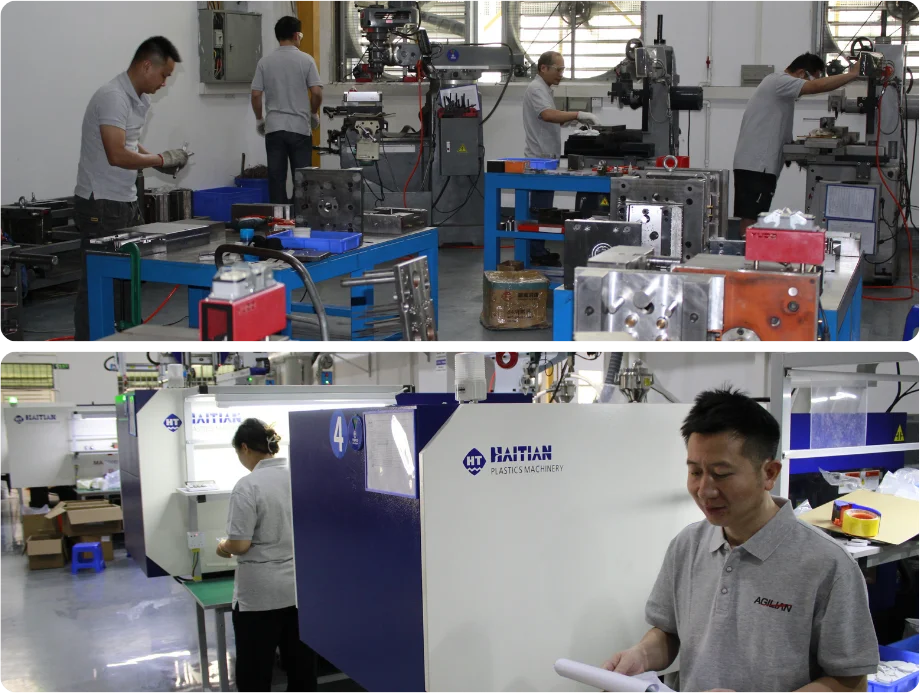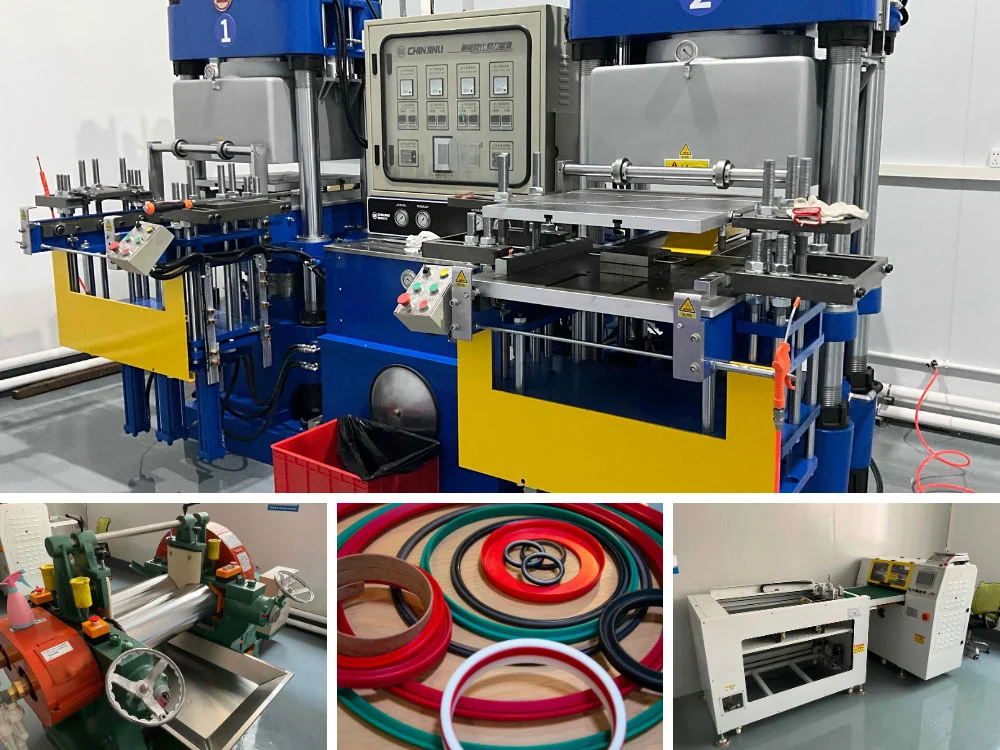Die Cast Mold Design for Manufacturing (DFM) and Design
We start with a thorough DFM analysis to ensure your mold design is optimized for manufacturability. Our mold designers use CAD software to create your die casting mold’s design based on your product’s requirements. The designers can assist with material selection if needed. We do draft analysis, mold flow simulation, and other important verifications to predict and address potential issues with the tooling before fabrication begins.
